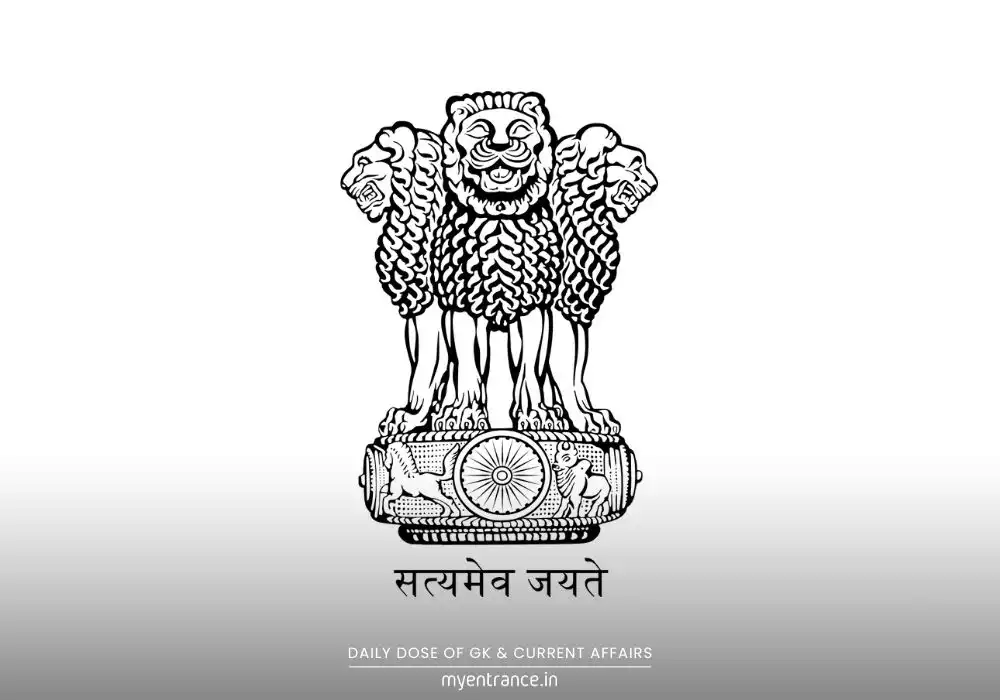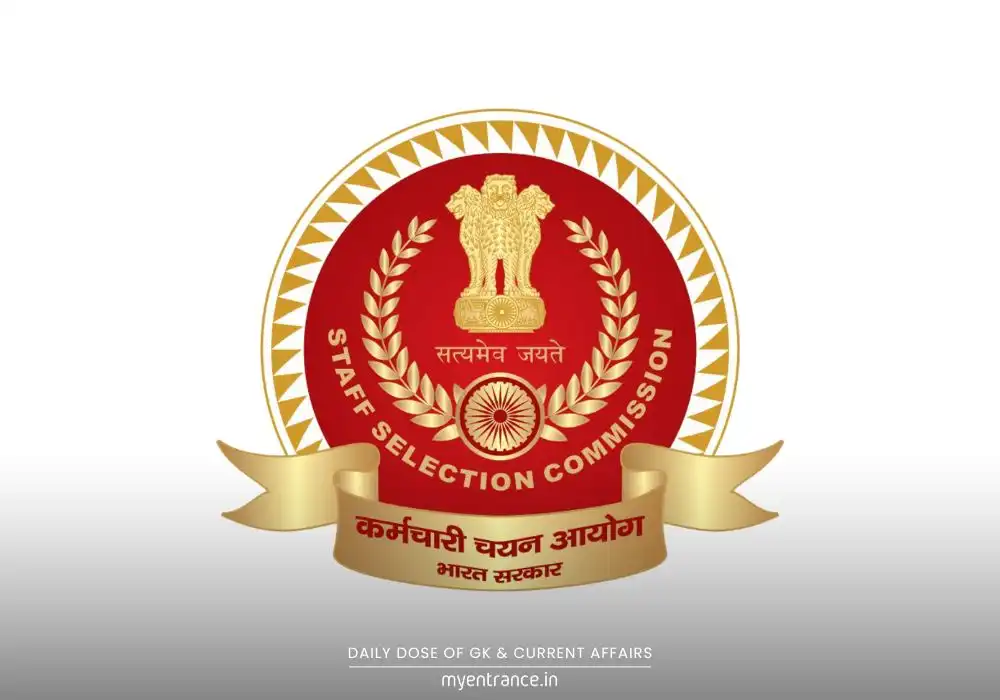Translate Language
India’s State Emblem: History, Symbolism & Its Importance in Competitive Exams
India’s State Emblem is a powerful national symbol representing the country’s historical and cultural legacy. Adapted from the Lion Capital of Ashoka, it embodies justice, courage, and truth. Understanding its details is essential for competitive exam aspirants.

All About India’s State Emblem
India’s State Emblem is an iconic representation of the nation’s identity, inspired by the Lion Capital of Ashoka at Sarnath. Here’s a detailed breakdown:
Origin & Design
The emblem is based on the Ashoka Pillar’s Lion Capital, dating back to 250 BCE.
The original structure features four lions standing back-to-back, symbolizing power, courage, and confidence.
These lions are mounted on a circular abacus, which sits atop a bell-shaped lotus (omitted in the national emblem).
Symbolism on the Abacus
The abacus showcases intricate carvings in high relief:
Elephant – Represents Buddha’s birth (dream of Queen Maya).
Galloping Horse – Signifies Buddha’s departure from worldly life.
Bull – Depicts Buddha’s zodiac sign (Taurus) and agricultural prosperity.
Lion – Stands for enlightenment and spiritual power.
Dharma Chakras (Wheels) – Symbolize the cycle of life and righteousness.
Adoption as India’s State Emblem
On January 26, 1950, India adopted a modified version of the Lion Capital as its national emblem.
Only three lions are visible in the emblem (the fourth remains hidden).
The Dharma Chakra is placed at the center, with a bull and horse on either side.
The words “Satyameva Jayate” (Truth Alone Triumphs) from the Mundaka Upanishad are inscribed below in Devanagari script.
Why is This Important for Exams?
Questions about India’s State Emblem frequently appear in:
UPSC (Prelims & Mains) – History, Art & Culture sections.
SSC & PSC Exams – General Knowledge and Indian Polity.
NID/NIFT – Design and national symbolism.
KAS & Other State Exams – Heritage and constitutional symbols.
Knowing its details helps in:
✔ Answering MCQs on national symbols.
✔ Writing descriptive answers in mains exams.
✔ Understanding India’s historical legacy.
Questions & Answers on India’s State Emblem
1. What is the origin of India’s State Emblem?
Ans: It is adapted from the Lion Capital of Ashoka at Sarnath, dating back to 250 BCE.
2. How many lions are visible in India’s State Emblem?
Ans: Three (the fourth remains hidden).
3. What does “Satyameva Jayate” mean, and where is it taken from?
Ans: It means “Truth Alone Triumphs” and is taken from the Mundaka Upanishad.
4. Which animals are depicted on the abacus of the emblem?
Ans: Elephant, horse, bull, and lion, separated by Dharma Chakras.
5. When was the State Emblem officially adopted by India?
Ans: January 26, 1950 (the same day India became a republic).
India’s State Emblem is not just a national symbol but a reflection of the country’s ancient wisdom and democratic values. For exam aspirants, mastering these details can be a game-changer in GK and history sections.
Looking for more exam-focused guides? Explore MyEntrance.in for mock tests, study tips, and expert-curated content!
Get 3 Months Free Access for SSC, PSC, NIFT & NID
Boost your exam prep!
Use offer code WELCOME28 to get 3 months free subscription. Start preparing today!















